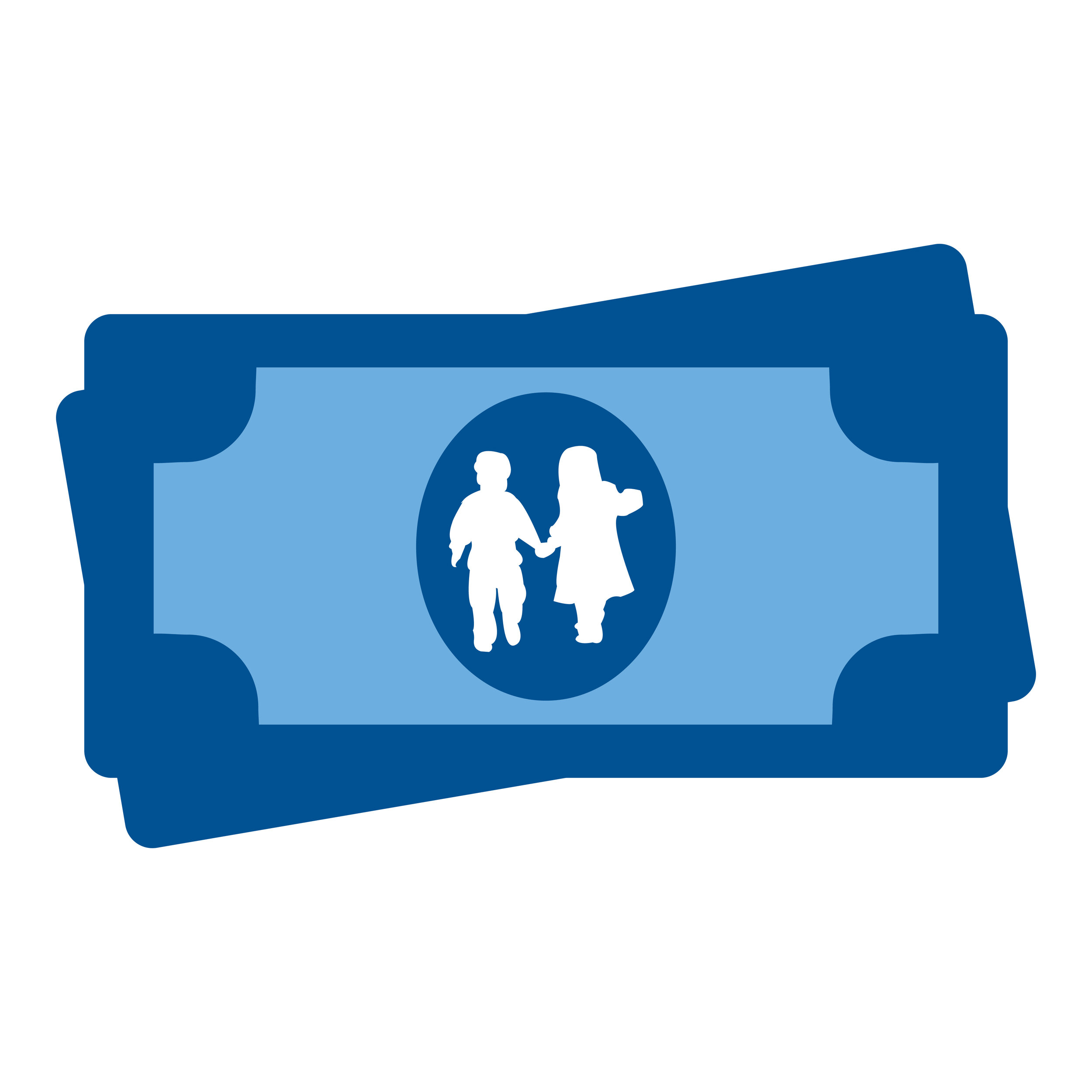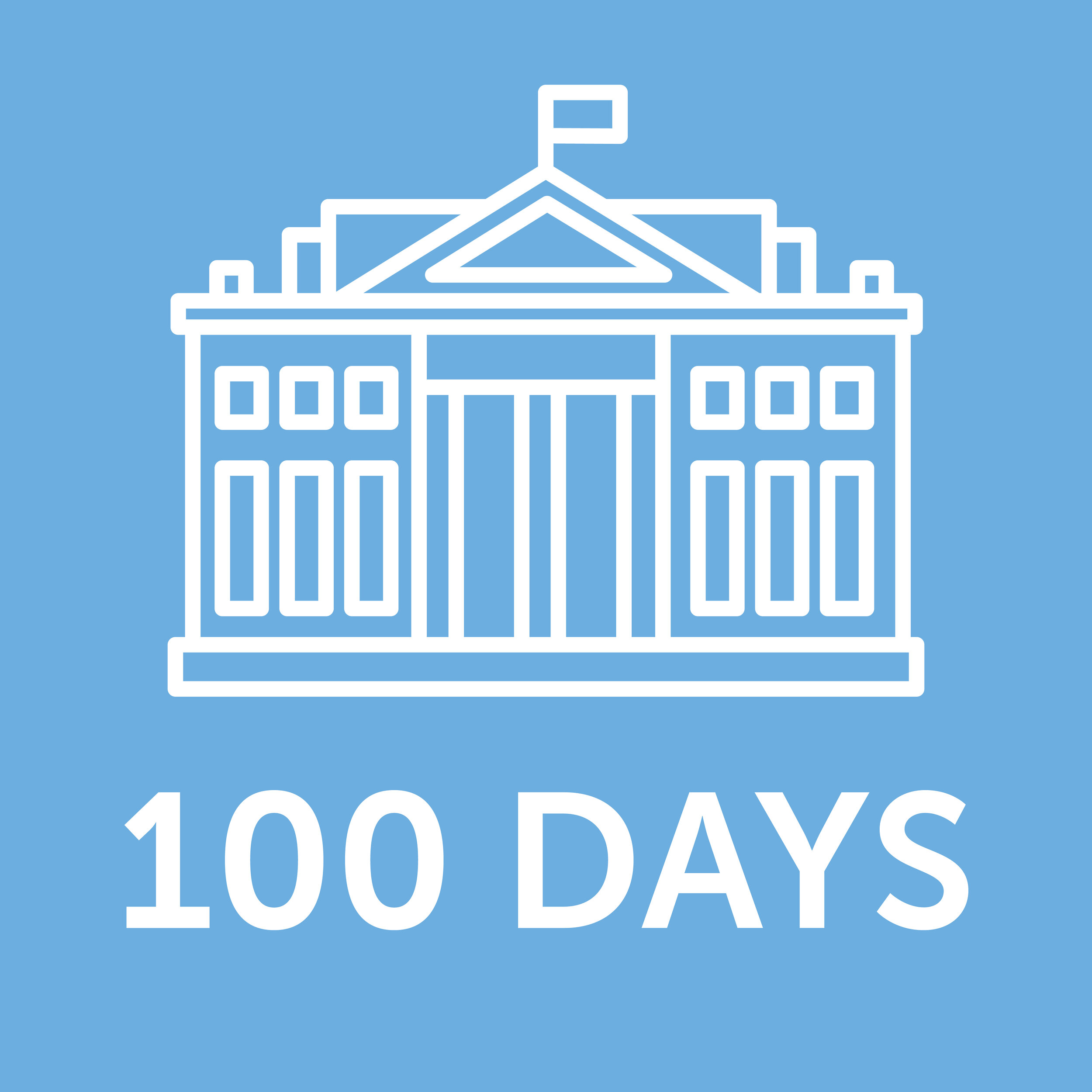
What we know from the first 6 months of the expanded Child Tax Credit
Since the introduction of the first monthly Child Tax Credit payment in July 2021, a continuous stream of research has emerged tracking the impact of this new policy on the lives of children and their families. This round up compiles the range of publicly available information on what we know so far.

November Child Tax Credit payment kept 3.8 million children from poverty
According to our latest projections, the expanded Child Tax Credit kept 3.8 million children from poverty with its fifth monthly payment in November 2021.

October Child Tax Credit payment kept 3.6 million children from poverty
According to our latest projections, the expanded Child Tax Credit kept 3.6 million children from poverty with its fourth monthly payment in October 2021.

Columbia China Center reports on the “double pandemic” of COVID-19 and racial discrimination
New Yorkers of Chinese descent have been suffering from the “double pandemic” of COVID-19 and racial discrimination. Over half of study participants reported experiencing discrimination and one third an incident of harassment. The vast majority of New Yorkers of Chinese descent are worried about their own safety and that of loved ones.

Expanded Child Tax Credit continues to keep millions of children from poverty in September
According to our latest projections, the expanded Child Tax Credit kept 3.4 million children from poverty with its third monthly payment in September 2021.

Second Child Tax Credit payment keeps 3.5 million children out of poverty
According to our latest projections, the child poverty rate declined from 11.9 percent in July 2021 (the month featuring the first CTC payment) to 11.5 percent in August 2021. Without the CTC, the monthly child poverty rate in August 2021 would have been 16.2 percent.

New census data shows a significant decline in poverty
Today, the US Census Bureau released their annual poverty update. From 2019 to 2020, the national poverty rate, under the Supplemental Poverty Measure (SPM), declined from 11.8% to 9.1%. Child poverty also fell from 12.6% to 9.7%. Historic levels of investment in the safety net not only helped prevent sharp increases in poverty amidst the onset of a national and global economic crisis due to the COVID-19 pandemic, but resulted in an overall decline.
Access the full Census Bureau report on 2020 SPM poverty here.

Child poverty drops in July with the Child Tax Credit expansion
According to our latest projections, the monthly SPM poverty rate for children fell from 15.8 percent in June to 11.9 percent in July 2021, representing a decline of 3 million children living in poverty. This drop in child poverty is primarily due to the first payment of the expanded Child Tax Credit.

Childcare was unaffordable for half of New Yorkers before pandemic
The Early Childhood Poverty Tracker data provide a window into how families–especially low-income parents–managed their child care needs before the onset of the pandemic. We find that child care was unaffordable for half of New Yorkers and discuss the need to build a better and more accessible care infrastructure after the crisis.

Learn about the new Child Tax Credit expansion and how it will help American families
Today, families will begin receiving the expanded #ChildTaxCredit. To mark the moment, Irwin Garfinkel and Megan Curran discuss the center’s research contribution and how the Child tax Credit will benefit American families.

Expanding access to housing vouchers could cut poverty
This fact sheet presents estimates of the anti-poverty impacts that expanding the Section 8 Housing Choice Voucher Program could have if the program were transformed so that all households eligible for a voucher would receive one. The Section 8 voucher program is the nation’s largest form of rental assistance, but only about a quarter of households that are eligible for the vouchers receive the benefit.

Policy options to address youth and young adult poverty
We explore the anti-poverty effects of federal policy options in the areas of basic needs, family tax, and economic opportunity for youth and young adults. We break out state-level results across three age groups: ages 14 to 17, ages 18 to 24, and the whole youth and young adult population (ages 14 to 24), as well as by racial and ethnic groups.

The American Families Plan is an opportunity to sustain poverty reduction
This fact sheet provides an analysis of the poverty reduction effects of a set of policy elements in President Biden’s proposed American Families Plan.

Access to affordable child care impacts women’s lifetime economic security
In a recently released report, CPSP and the National Women’s Law Center demonstrate how investing in child care is an investment in women’s lifetime economic security. Robert Paul Hartley, Columbia School of Social Work faculty affiliate of CPSP, provides evidence that investing in high-quality and affordable child care support for families could increase women’s lifetime earnings and retirement savings (on average close to $100,000 for a mother of two children) and help to reduce the gender inequity in earnings.

The American Rescue Plan could cut child poverty by more than half
This fact sheet projects annual poverty rates for 2021 under the American Rescue Plan Act of 2021, legislation to provide economic relief amidst the ongoing COVID-19 crisis. Our analysis reveals a relief package containing enhanced Supplemental Nutrition Assistance Program benefits, unemployment benefits, family and child care tax credits, as well as direct cash payments could cut child poverty by more than half in 2021.

Stimulus checks, unemployment benefits, and SNAP kept 13 million out of poverty in January
According to our latest projections, the monthly SPM poverty rate declined from 16.1 percent in December 2020 to 13.2 percent in January 2021. We find that the December 2020 COVID-19 economic relief package contributed to a 4.2 percentage point reduction in monthly poverty—13 million individuals—in January 2021.

Spotlight on life in New York City during COVID-19
COVID-19 has upended life for New Yorkers. Using Poverty Tracker data, we explore the impacts the crisis has had on employment and income, housing security, food hardship, and internet access and remote learning. The crisis exacerbated hardships across the city, but the lives of the poorest New Yorkers and communities of color have been disproportionately impacted.

The state of poverty and disadvantage in New York City
The State of Poverty and Disadvantage in New York City explores rates of income poverty, material hardship, and health problems in New York City in 2019 using Poverty Tracker Data. It also features preliminary estimates of the poverty rate in 2020. New to this report, we examine how the likelihood of facing poverty or disadvantage in New York city varies by race or ethnicity. Understanding these disparities and their drivers is key to addressing inequality in New York City and to rebuilding following COVID-19.

First 100 Days: Enact fundamental change to address poverty
The ongoing COVID crisis provides a strong rationale for addressing the struggles of Americans at the bottom of the economic ladder, many of whom were struggling before the current economic crisis hit. CPSP Co-Director Christopher Wimer weighs in on what President Biden should tackle in his first 100 days to address the nation’s poverty crisis, making a case for enacting fundamental reforms, such as establishing a floor of income support for children and confronting the nation’s ongoing housing affordability crisis.

CPSP researchers and Brookings Institution evaluate executive action options to reduce poverty
The COVID-19 crisis has threatened the financial security of millions of families due to unprecedented increases in joblessness and business failure. The Biden-Harris Administration has the opportunity to pursue a set of executive actions–ranging from food assistance to health, higher education, housing, crosscutting public program access, and more–to reduce poverty in the short term and complement any legislative actions that would impact poverty in the longer term. This analysis identifies a set of executive actions that have the potential to reduce poverty and estimates the number of Americans likely to be affected.
